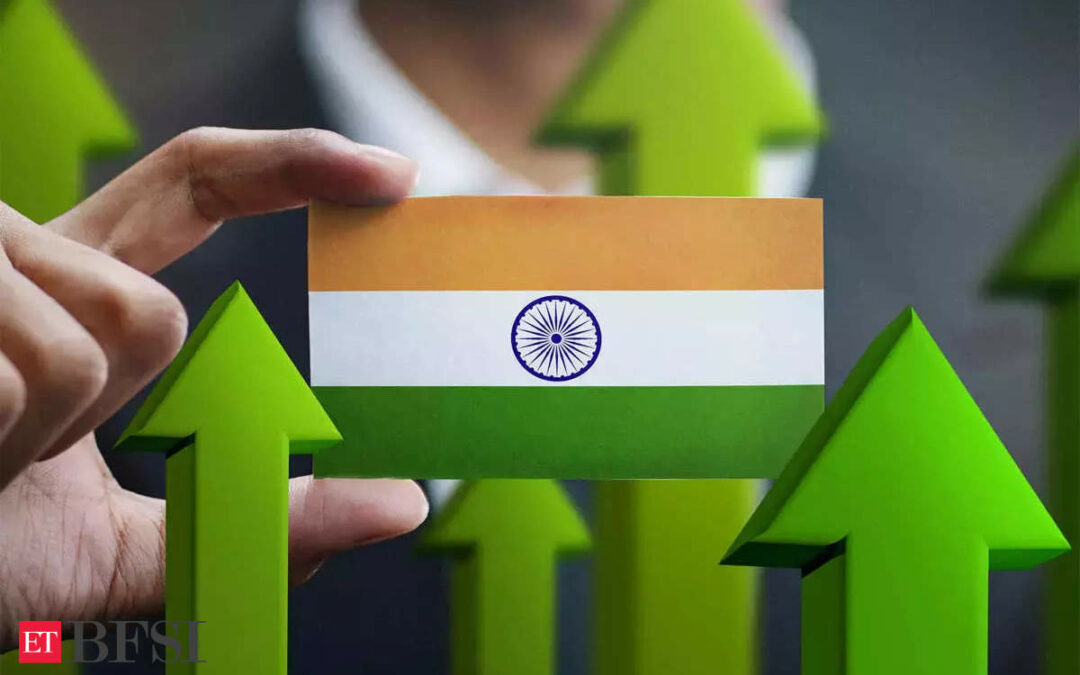I will keep it simple. In FY24, nominal GDP grew 9.6%, CPI inflation recorded 5.4%, and real GDP growth was estimated at 8.2%. Typically, in most economies real GDP growth broadly tracks the difference between nominal GDP growth and CPI inflation. In India’s case, this gap is large.
It reflects the practice of using the wholesale price index (WPI), as a major input to deflate the nominal value-added of a large swath of the economy (including services that makes up nearly 55% of the economy) because of the absence of a producer price index to estimate the real value GDP. The WPI does not include any services and is dominated by global commodity prices, especially oil. The index declined 0.7% in FY24 because of the sharp year-on-year drop in oil price compared to FY23 when it surged after the Ukraine War. Consequently, as measured in India’s national accounts, the price of services (medical, education, telecom, restaurant etc.) rose 1.9%, manufacturing fell 1.7%, and investment inflation stood at 0.9% in FY24. I will leave it to the reader to decide whether these numbers pass the smell test.
With measured GDP mired in inconsistencies, it is natural to turn to inflation to gauge the state of the economy. Headline CPI inflation slowed in FY24 with core inflation falling steadily to below 3.5% in the last few months-its lowest 6-month run rate since the new CPI series was initiated in 2012. Global goods disinflation reflecting normalization of supply chain disruptions, China’s overcapacity driven export-price deflation, and the decline in commodity prices all contributed to moderating core inflation. However, the uncharacteristically benign and still falling core inflation could well reflect a large excess capacity in the economy. The level of GDP remains 4-5% below that implied by its pre-pandemic path and appears at odds with the pace of real GDP growth. Such inconsistencies make it hard for any government to formulate the stance of macro policies. Should the budget save the recent transfer from the RBI and aim for a more ambitious fiscal consolidation or should it use it to boost spending? Should the RBI continue to keep policy restrictive until the US Fed starts easing or persist with high real rates (e.g., when deflated by core inflation)? Without clarity on the cyclical state of the economy, macro policy will err on the side of caution and remain conservative, whether appropriate or not. And this would imply that the budget sticks to the pre-election deficit target and RBI waits till the Fed cuts before easing. On reforms, there is a large unfinished agenda. Agriculture, land, and labor all need comprehensive reforms if India is to move up the value-added chain in both manufacturing and services. An added dimension is the pressure of energy transition. With Europe gearing up to impose carbon tax on its imports from 2026, the implied added tariff on India’s exports could very large (e.g., 25-35% on steel) with attendant loss of competitiveness with China that is well ahead on energy transition. And such cross-border taxes are likely to expand to more countries and more products. Thus, even if India’s own climate change commitment is several decades away, regulatory changes in the West could force the issue much earlier.
Separate but critical to higher sustained growth is improving domestic competition. It is striking that despite India’s GDP being more than 1½ times larger since the GFC, the top 5-10 companies in almost all sectors (IT, pharma, banking, or infrastructure) have remained virtually the same. Not that new firms or start-ups are not being created, but rarely have they managed to challenge the incumbents. Sustaining high growth not only requires continued high investment and skill-upgrading of the work force, but also enduring productivity gains. And for the latter, regular churns within industries are often critical.










